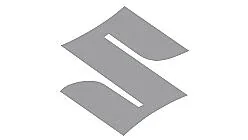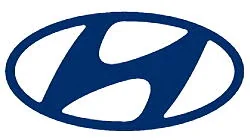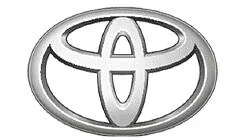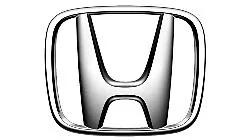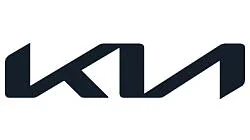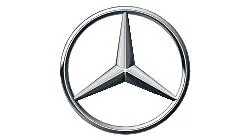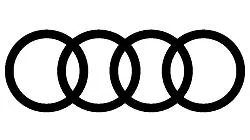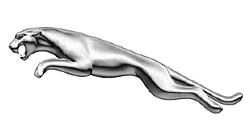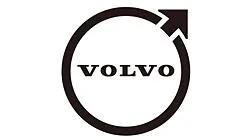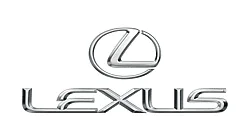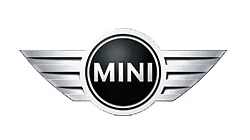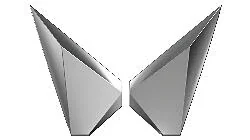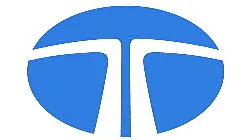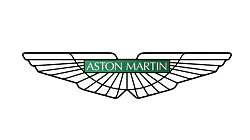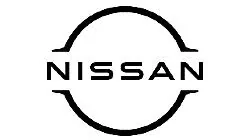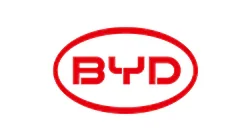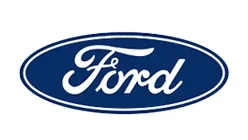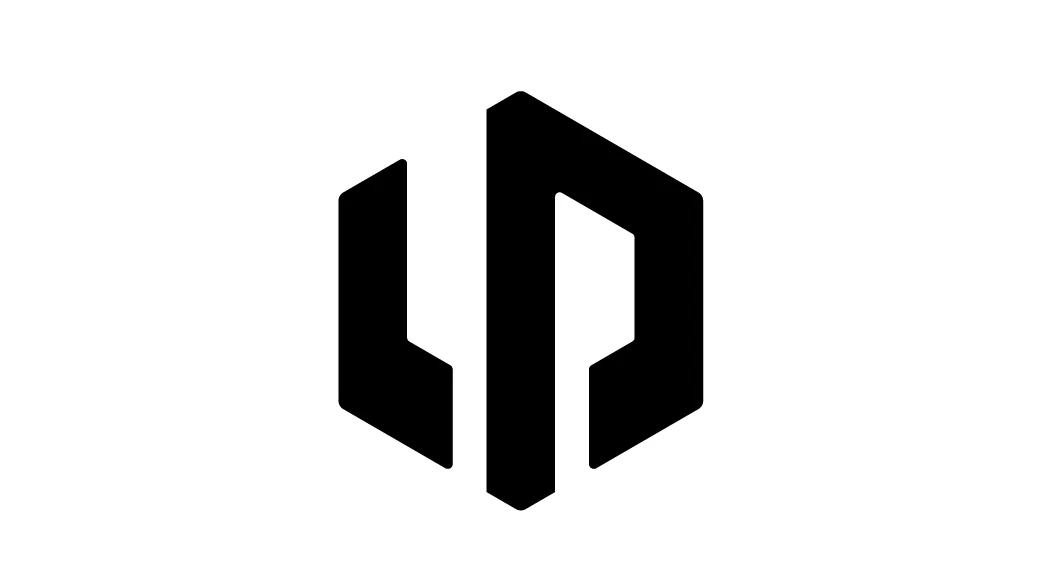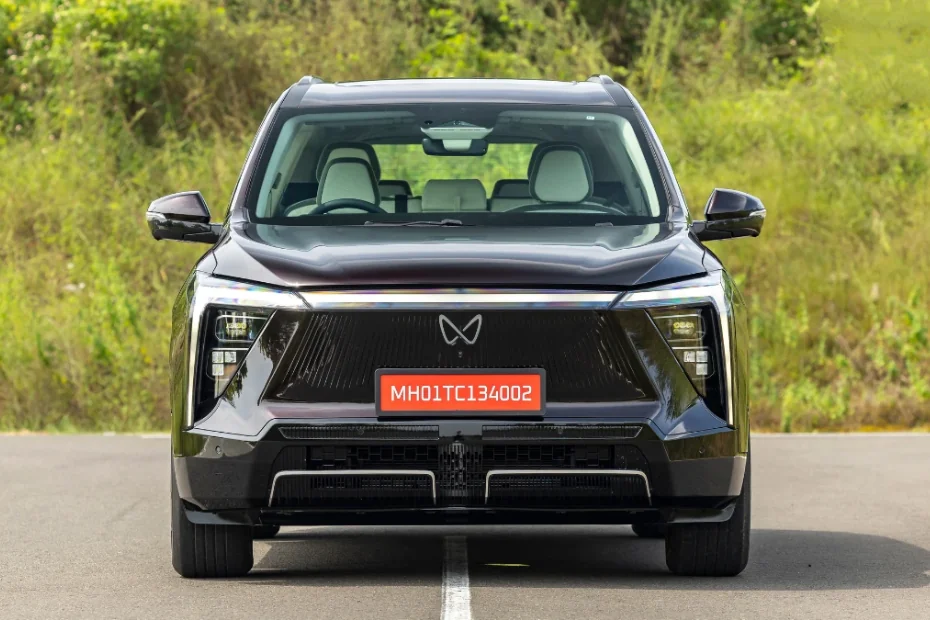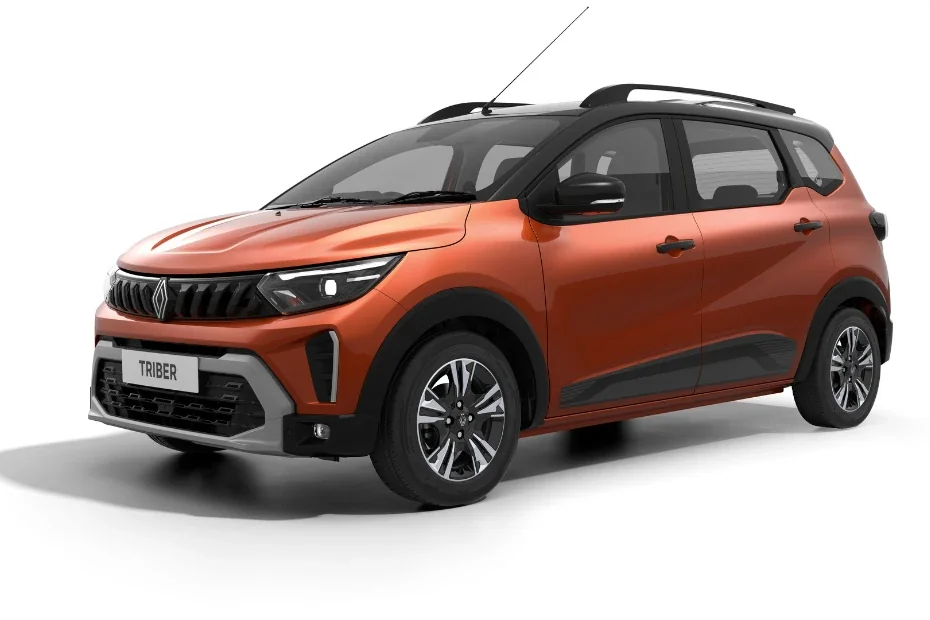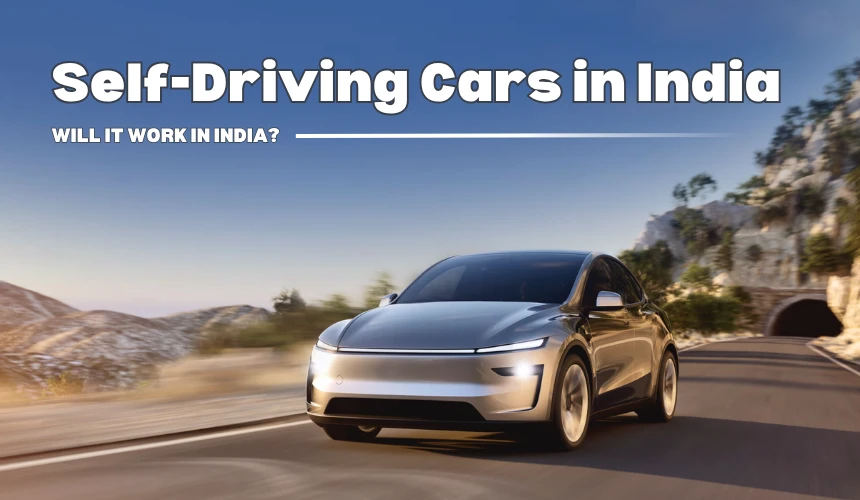
Tata Motor Limited is an Indian multinational automaker, headquartered in Mumbai, India. The company is well known for making passenger cars, vans, trucks, buses, and coaches. Founded in 1945, as a locomotive manufacturer, the company was formerly known as TELCO (Tata Engineering and Locomotive Company). Over the years, Tata Motors collaborated with international companies and also produced a wide range of vehicles for Indian customers. In addition, the company is planning to expand its EV portfolio in the coming years.
Here is an overview of the journey of Tata cars and its future plans:
Tata Motors Origin

As a part of Tata Group, the company entered the commercial vehicle space in 1954 after establishing a joint venture with Daimler-Benz of Germany. After making its impression on the commercial vehicle sector in India, Tata Motors stepped into the passenger vehicle sector in 1998 by launching the Tata Mobile (a mid-size pickup truck) followed by Tata Sierra in 1991. The company subsequently launched the Tata Estate (a station wagon) in 1992, Tata Sumo (a 5-door SUV) in 1994, and Tata Safari (a mid-size SUV) in 1988.
In the year 1998, Tata launched its first fully indigenous passenger car, Indica, for the Indian customer. Its powerful engine, excellent fuel economy, and marketing strategy made Tata Indica one of the best-selling cars in the history of the Indian automobile industry. Later, an improved version, Indica V2 also became the mass favourite. The company successfully exported a large number of cars to South Africa as well. Indica played a vital role to lead the success of Tata Motors and then Tata Nano in 2008 as the most affordable car in the world.
International Collaboration

In 2004, Tata Motors acquired the Daewoo Commercial Vehicles company which was a South Korean truck maker. The company also has been the parent company of Jaguar Land Rover since the company started the acquisition of Land Rover and Jaguar Cars from Ford in 2008.
Tata Motors also has a construction-equipment manufacturing joint venture with Hitachi (a Japanese multinational conglomerate corporation) as Tata Hitachi Construction Machinery.
Popular Models

As of January 2023, Tata Motors was the third largest automaker with a sales figure of 47,990 units. Compared to the previous year's report of 40,778 units sold, the company grew by 18 percent this year for the period. Tata Nexon SUV led to success for the company as it secured 15,567 units in January 2023. In comparison to the last year’s sales numbers, during the same month, it marked only 11,816 units. This indicates that the sales grew by 13 percent for Nexon.
Tata Punch made its position second by marking a 20 percent increase in sales growth. In January 2023, the company registered 12,006 units for Punch, up from 10,027 units in January 2022. Tiago came in third by hitting 74 percent sales; as it stood at 9,032 units while last year it could only secure 5,195 unit sales.
Current Model Line-up

Tata Motors offers a wide range of vehicles in India that belong to different categories. It includes SUVs, hatchbacks, compact SUVs, and compact sedans. In addition, the brand provides cars from cheaper to expensive price ranges. Tata Tiago is considered the cheapest model with a starting price of Rs 6.17 lakh (ex-showroom) while Tata Safari is the most expensive model in the brand's portfolio having a starting price tag of Rs 18.86 lakh (ex-showroom).
Apart from this, the company has also lined up its upcomings models including facelifts and electric vehicles. Tata Safari Facelift, Harrier Facelift, Nexon, Punch, Harrier EV, Curvv EV Concept, Altroz, Curvv ICE, Nexon Facelift, and Altroz EV are likely to be launched in coming years.
Future Prospects for EV Production

Tata Motors has already cemented itself as the largest vehicle manufacturer in India by making an early move. It is also said that with the Tiago EV, the company is likely to attain an annualized pace of 1 lakh unit sales by 2024. As for future prospects, the company is now aiming to increase its EV penetration by facilitating a more extensive charging network for customers. To accomplish this task, the manufacturer has built 4,000 charging stations. In addition, the network is likely to reach 10,000 stations in the next few months.
Read Also: Why Tata Cars are a Great Choice for First-Time Car Buyers
About Author
Car Lelo was launched with a vision of making the car buying effortless and was designed keeping in mind all the ifs and buts that overshadow the car buying experience. We at Car Lelo strongly believe; buying a car is a unique escapade that does not happen every day. We strongly put in our efforts to deliver an overall bespoke experience to our customers. We bring it all together on a single platform, starting from choosing your car online to selecting colours, variants, and the paperwork. With our remarkably easy user experience, we aim to drive transparency throughout the purchase process. We at Car Lelo offer deals on cars and offer the highest satisfaction after the car is delivered. Car Lelo aims to cut out on the daily hassle and bring ease to your fingertips.
Top Car Brands in India
Top Car Brands in India
Trending Car News in India
Trending Cars in India
Trusted Dealer
All Over India
Irresistible Offers
Stay Updated, Pay Less
Compare Cars
Choose the Right Car
Easy Finance
Multiple Finance Options

Monday - Saturday
10:00am - 6:30pm
+91 7947722777, +91 7479000444, +91 9311718549
contact@carlelo.com
